FactSet-LiquidityBook: The buy-side OMS space continues to shrink
Lorem ipsum dolor sit amet, consectetur adipiscing elit, sed do eiusmod tempor incididunt ut labore et dolore magna aliqua.
FactSet-LiquidityBook: The buy-side OMS space continues to shrink
Lorem ipsum dolor sit amet, consectetur adipiscing elit, sed do eiusmod tempor incididunt ut labore et dolore magna aliqua.
FactSet-LiquidityBook: The buy-side OMS space continues to shrink
Burton Taylor's Research Director Brad Bailey is one of the industry experts offering thoughts on how the market is reacting to this latest tie-up.
By Anthony Malakian
@a_malakian
12 Feb 2025
In 2005, a new company called LiquidityBook was founded in New York—hardly a rare occurrence. But what made this particular start-up standout was its Instant Message to FIX trading tool. While it might seem quaint today, the product allowed traders to send an order to their broker via AOL Instant Messenger. While AIM is no longer with us, at the turn of the century it was beloved by college kids and traders alike. And having software that could automatically ingest an AIM message, convert it to FIX, and then turn that into an OMS ticket was considered novel. So much so that Bear Stearns quickly signed on to deploy the solution to its clients.
Then, in 2013, LiquidityBook launched its SaaS-based portfolio, order, and execution management system, dubbed LBX. Once again, while accessing a trading system via a browser is standard today, back then it was a relatively new concept. For small-to-mid-sized hedge funds, this was an interesting release because it removed the need for them to manage on-prem servers and worry about things like version management since updates got pushed out silently overnight to all users.
From there, the company landed its first $10 billion client in 2018, added outsourced trading to its offering, expanded into Asia, added to LBX, and acquired portfolio management and reconciliations solutions provider Messer in 2023. At the same time, it was trying to take on Fidessa to expand beyond the buy side and into the sell-side OMS space.
But the simple fact is that in today’s ever-consolidating trading ecosystem, being a niche, mid-tier OMS provider is no easy feat, as users want more of a full end-to-end offering. Enter FactSet.
Earlier this week, the data and trading tools giant closed a $246.5 million cash deal for the POEMS provider. It follows Clearwater’s deal or Enfusion ($1.5 billion) from earlier this year, and M&A from 2023, including Deutsche Börse buying SimCorp ($4.3 billion), Bloomberg, Broadway, and Trading Technologies adding Axe Trading Technologies—for undisclosed sums. And then you have LSEG, Ion Group, Broadridge, and S&P Global seemingly acquiring everyone else. And I’m sure that I’m missing a few other obvious ones.
Brennan Carley, managing principal of Proton Advisors, who has over four decades of industry experience, told me that the choice is to compete in niche fields and be the best at that one thing you do, or try and become a one-stop-shop, competing on breadth and depth.
“By analogy, either you are a local bookstore and curate very interesting books for a specialized market, or you are Amazon and offer everything—the market doesn’t support businesses in between,” he said.
So it is that buy-side firms have fewer independent vendors with robust offerings to choose from.
My colleague Wei-Shen Wong and I reached out to almost 20 sources of at hedge funds and asset managers, as well as various other industry experts with knowledge of the OMS and buy-side universe. Unfortunately, none of our sources are direct users of LiquidityBook. This is not an indication of the vendor’s performance; it’s simply a small sample size, and, to be fair, most of our sources are at very large buy-side firms, which is not LiquidityBook’s sweet spot.
But, for those who did have an opinion, here’s what they said (and note that we gave them anonymity so as to get an honest answer—and they are end-users, not competitors ripping the competition):
- Head of trading at an asset manager: “We have clients on both systems and deal with both vendors/systems indirectly, but have no experience directly as users. I think the reputation of both is solid, and I would think of both as ‘higher-end’ systems that appeal to clients with slightly more complex needs as opposed to ‘budget’ systems. Portware [which FactSet acquired in 2015] we see more than LiquidityBook, but see both less commonly than, say, CRD [Charles River Development, now part of State Street] or Eze [Software, now part of SS&C]. My guess is that the client bases don’t overlap, so for FactSet, there is a function of acquiring the clients as much as it is the technology.
- Head of operations at a hedge fund: “I think FactSet has been making very smart acquisitions as they seek to position themselves with more strength in the marketplace. My expectation was that they’d buy a smaller, newer technology company to add greater front-office capabilities. So, while I don’t know the technology, I have read strong reviews of it. And I expect that FactSet is trying to build a more robust and well-connected front-to-back solution, and thus, they must do this by buying better technology platforms versus more well-known platforms.”
Not everyone fully agrees.
- Head of technology at a hedge fund: “LiquidityBook is not something we use and it isn’t a platform that jumps to mind. For me, FactSet bought Portware, but I don’t see them making waves, i.e., not enough critical mass. I assume they are committed to growing the execution part of their offering, so they will continue to add complementary assets. They have a long way to go—it really depends who is driving their strategy in this space. The problem is that—in my mind—Refinitiv [now LSEG Data & Analytics] and FactSet as data companies are jealous of Bloomberg and are just trying to copy.”
- Long-time CTO at a large hedge fund: “LiquidityBook tends to be seen as a lower-end OMS solution by the buy side. If you look at FactSet’s purchase of Cymba—another OMS—it looks like FactSet is still trying to plug the OMS-sized gap it has in its product offerings. Portware is a good EMS but tends to be overkill for many firms, so it only makes sense for very large, complex trade execution workflows.”
Again, it’s important to note that none of the people are users of LiquidityBook. That said, I think it at least shows that FactSet will need to change perceptions of both its offering and LiquidityBook’s. (If you are a user, I’d love to hear from you: anthony.malakian@infopro-anthony.malakian@infopro-digital.comdigital.comdigital.com.)
I also reached out to several industry experts who have many years of experience and are well-versed in the OMS world, and who know LiquidityBook. They sang a slightly different tune.
Michael “Max” Maxworthy is the managing director for technology investment banking at M&A bank DA Davidson. He told me that the deal makes sense, was at a fair price, and that it was “nice to see FactSet do a somewhat larger deal than what they are used to doing.”
The sell side has “deeply entrenched” players and the “competitive moats are massive,” but the buy side is still evolving. Users want workflow consolidation for things like accounting, risk management, regulatory reporting, and various other middle-office use cases. So for FactSet, bringing in some of those tools that LiquidityBook offers helps it to widen its own moat.
“What’s noteworthy to us is the clear appreciation strategies are starting to have for scaled buy-side trading infrastructure systems, given how few modern and independent players there are left,” he said.
He also pointed to LiquidityBook’s FIX network as being “highly valuable,” and this was a sentiment shared by several people I spoke with.
“Not only is FactSet gaining a new, modern, cloud-based trading infrastructure to upgrade/replace their aging Portware stack, but they’re also gaining access to a broad, premium FIX network with among the highest rate card accepted in the market today—all of which should prove highly accretive (from a revenue uplift perspective) to FactSet,”Maxworthy said.
A spokesperson for FactSet told Waters Technology that the FIX network will give clients greater control over connectivity, cost efficiency, and execution quality, while minimizing dependence on third parties. “It has the capacity to build stronger client loyalty and enable richer data insights,” they said.
Brad Bailey, research director at Burton-Taylor International Consulting, said much the same thing as Maxworthy and the spokesperson. He mentioned that the FIX network allows for easier connectivity and better economics for the owners. He also noted that LBX being cloud native will allow FactSet to modernize its OMS infrastructure.
“I do think that we have crossed the Rubicon in the capital markets in terms of cloud,” he told me. FactSet being a major data player wants—as everyone in the data as everyone in the dataspace wants space to have a deeper cloud offering. To Maxworthy’s point,buy-side shops want to lessen the number of vendor relationships they need to manage, but they don’t want to lose that full workflow environment, Bailey added.
“They need to be as efficient as possible, and that means having unified data and unified workflows, front to back.”
Most of the people we spoke with also indicated that they do not expect LiquidityBook to live symbiotically with the Portware EMS, as the former is born in the cloud, has that FIX network, and the latter is viewed as legacy technology. Essentially, it’s a similar decision as London StockExchange Group deciding to sunset the legacy Redi EMS deciding to sunset the legacy Redi EMS in favor of the more modern Tora platform.
The FactSet spokesperson disputed this, saying the company has “no plans to replace Portware with LiquidityBook.” They noted that LiquidityBook operates further upstream in the trading process and will function as a standalone OMS.
“As an industry-leading EMS, Portware remains a cornerstone of FactSet’s offerings. We are committed to Portware, which delivers significant value to our clients’ workflows and enhances our buy-side capabilities. … Both solutions integrate seamlessly with PM Hub, FactSet’s portfolio management platform, to deliver comprehensive, end-to-end support for the entire trade life cycle,” they said.
Now, this is where the skeptics come in—not just for this deal, but for any acquisition where a very big company buys a smaller, more targeted company.
“These large companies buy up these smaller companies for revenue, for growth, but nothing on the innovation side ever comes to pass,” noted one industry observer. “How will they make LiquidityBook better or unique versus what they’ve done with Portware? I would love to hear that answer.”
This is a fair question and one I would imagine users of LiquidityBook and Portware will also want an answer to.
With any acquisition, three questions are always at play. First, will fees go up? While that does happen, there are also cases where the smaller company plugs a gap the larger company desperately needed to compete with its rivals to stay competitive. In that case, you don’t want to hike up fees and potentially alienate a new pocket of users. Time will tell on that front.
Beyond price increases, end-users are concerned that the larger organization won’t give the same kind of love to the acquired company.
This is especially true if you are a smaller client who enjoys having such a specialized tool and specialized attention.
“What you lose is a dedicated focus,” said the industry observer. “Today, Shawn [Samuel, LiquidityBook’s CTO] and Kevin [Samuel, LiquidityBook’s CEO] and the LiquidityBook people will go and tend to a client who pays them half a million dollars—that’s an important client for them. Will that be as important a client for FactSet?”
And that’s the third concern: If you’ve been in this industry long enough, you know the vendors who acquire a firm and drive out senior management (and all the institutional knowledge of the product that comes with them).
The spokesperson denied that there will be any drop off in service quality and that FactSet is committed to both products. Furthermore, when asked if Kevin, Shawn, and the LiquidityBook and Portware teams would remain intact, the spokesperson said that the company is “thrilled” to welcome the team into the FactSet fold, and that “our priority is ensuring a seamless integration and smooth transition for our clients.”
Once again, though, while the ink has only just dried on the deal, these will be the concerns that FactSet will need to address with the market in the coming months and years.










